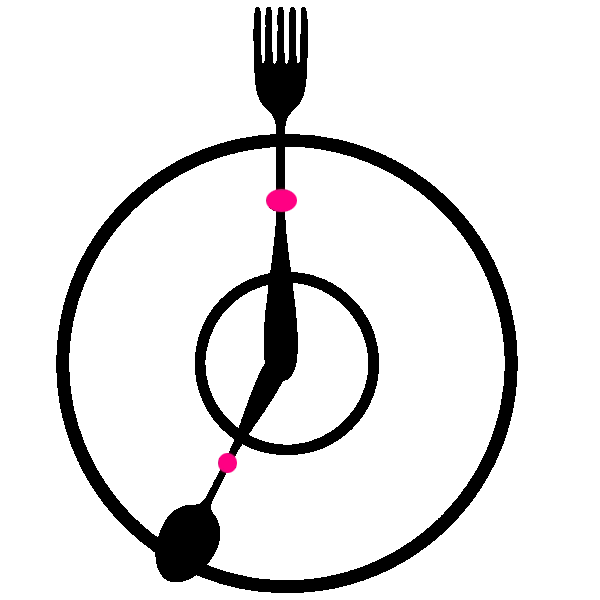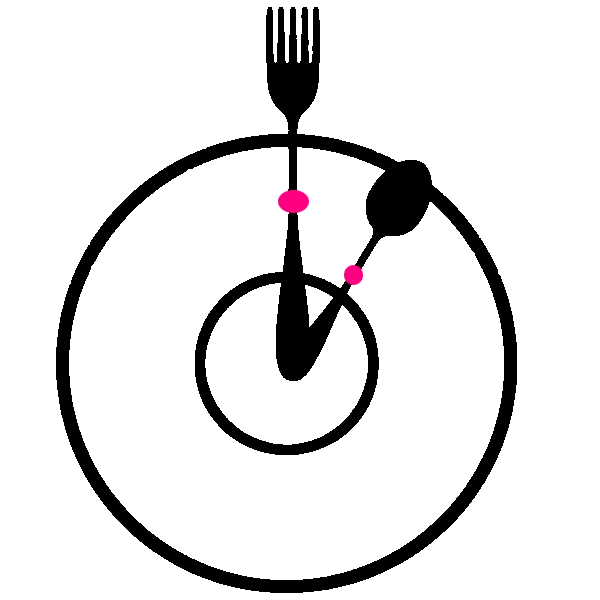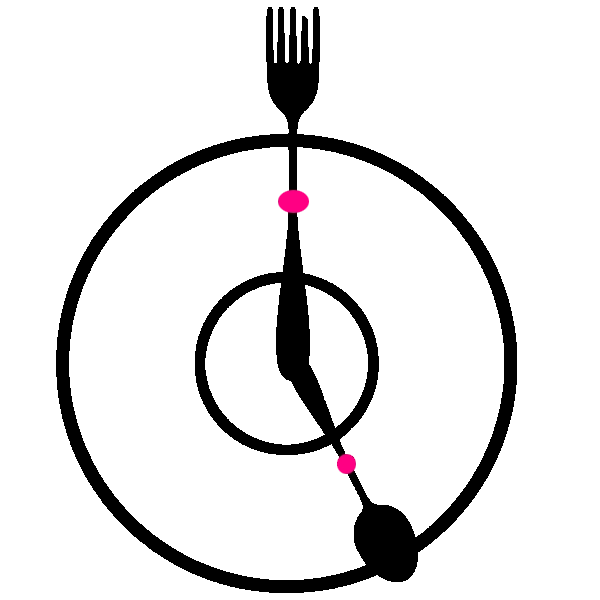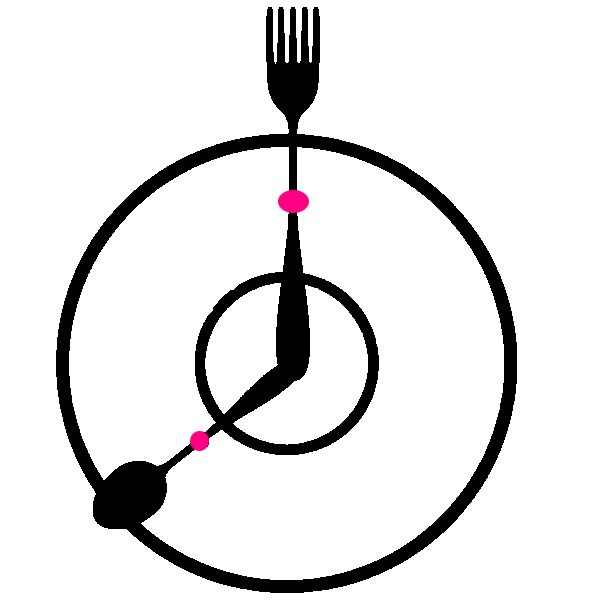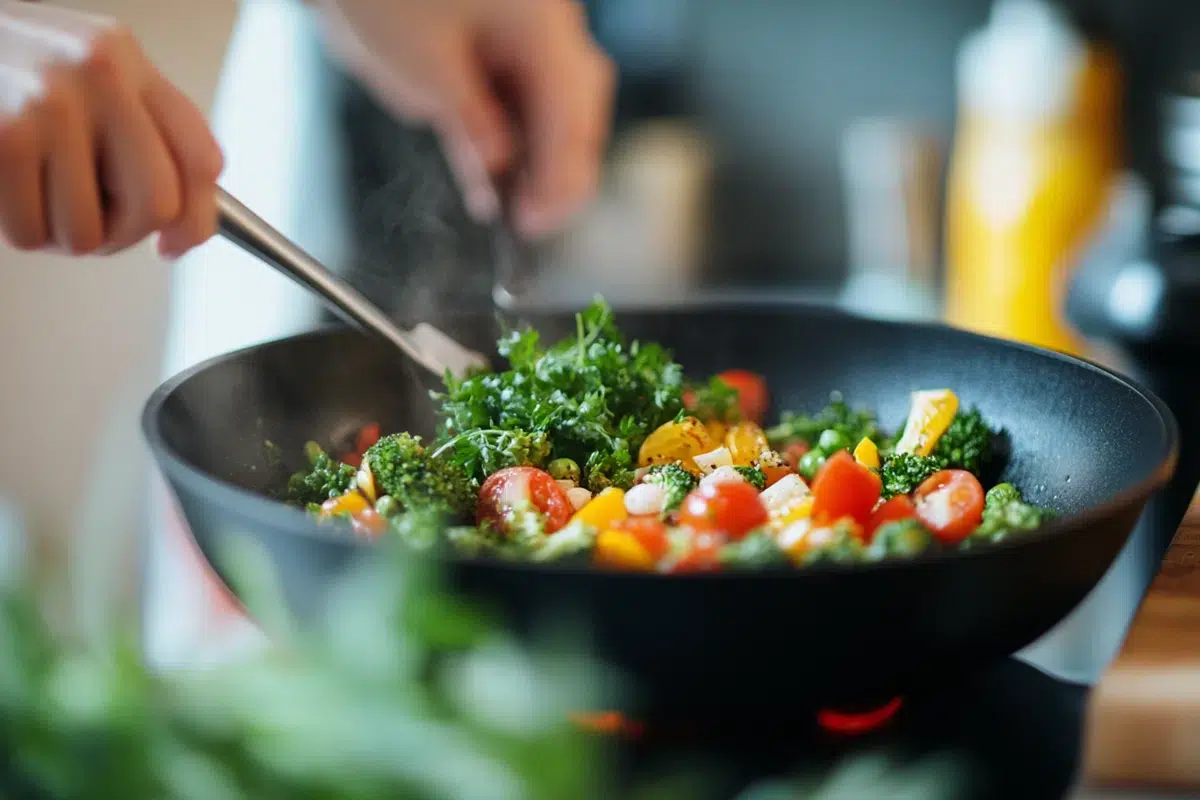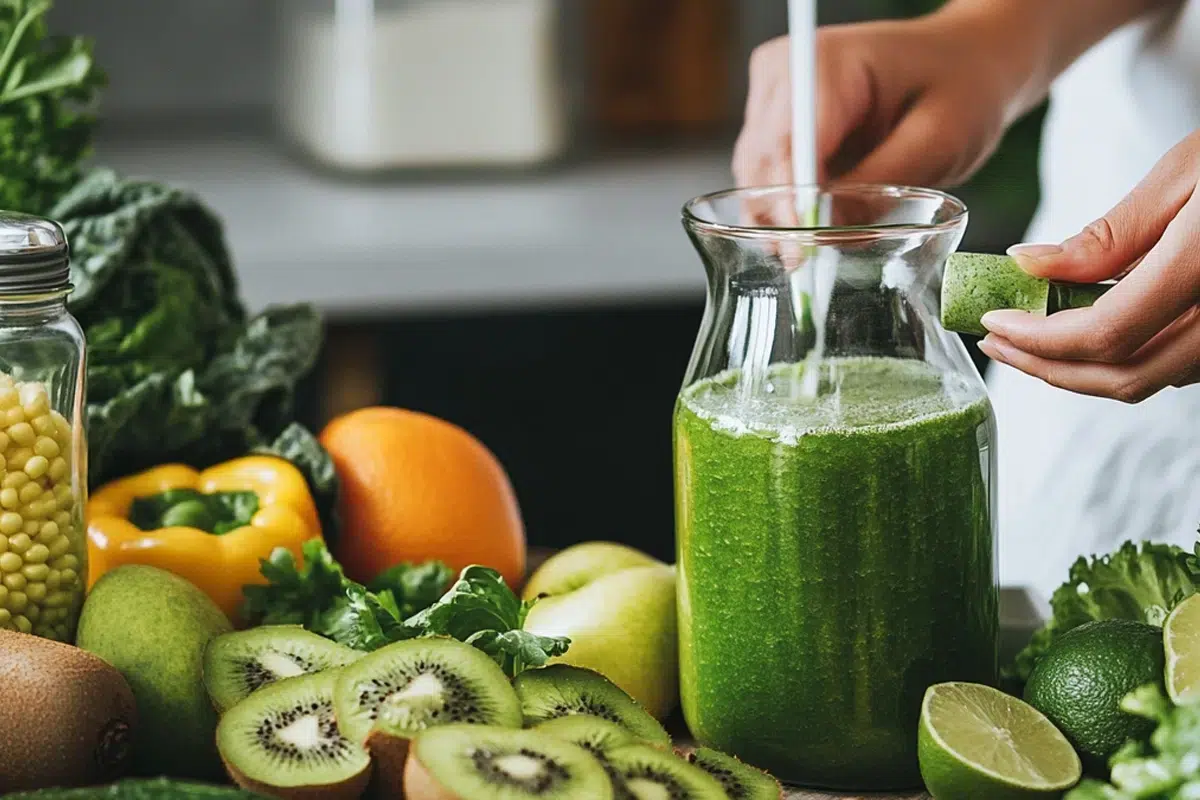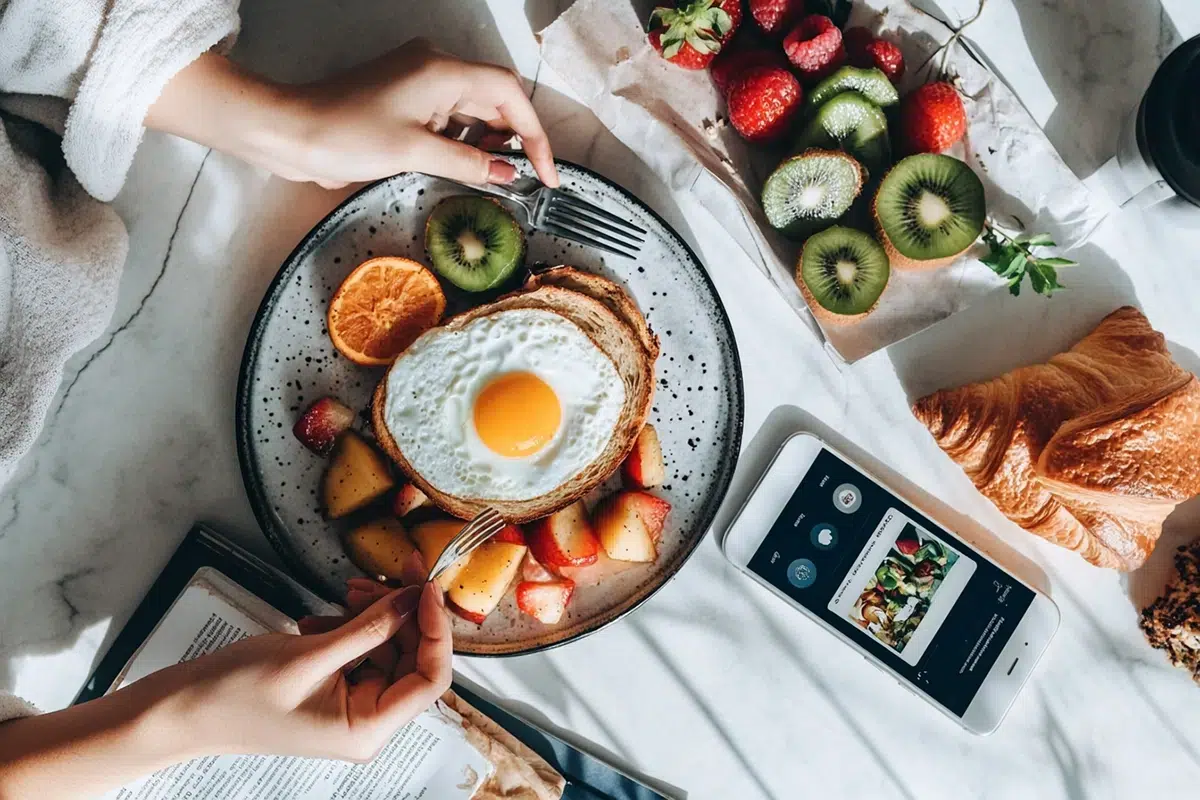Show summary Hide summary
What is the ideal calorie intake for lunch?

How many calories should I eat for lunch? How many calories should lunch be compared with the other meals of the day? How do you calculate your calorie intake for lunch, depending on your height, weight and whether you’re male or female?
If there’s one important meal of the day, it’s undoubtedly lunch. This midday meal allows us to recharge our batteries andstore up fuel for the afternoon ahead. Many experts agree that it should account for 40% of the day’s calorie intake. Use the tool below to calculate your optimum lunchtime requirements according to your own needs!
Check out other REGIVIA resources:
- Calorie needs for weight loss
- Daily macro calculator
- Balanced diet tips
- Daily energy expenditure calculator
What should I eat for lunch?

What are the healthiest foods to eat at lunch time?
Unfortunately, for many people, lunch is synonymous with speed and sometimes with bad habits. Some eat too little and make up for it in the evening, while others eat on the run with products that are often unbalanced. And then there are those who will have the choice of eating well at the local café or their company’s canteen, or from their lunch box prepared the day before.
Lunch should be the richest meal of the day, but the rations will of course be different for a sedentary person, a keen sportsman or a hard worker.
Our French traditions and health organisations divide this meal into 3 parts, which are thestarter, main course and desert, but everyone will find their own way of doing things, the main thing being the proportion of ingredients that make up our plate.
What does a healthy lunch look like?
Here are a few recommended foods to choose from for your lunch break.
- Fruit and vegetables should make up 50% of your plate (add some colour and you’ll get a variety of nutrients).
- Proteins should make up 25% of your plate (limit red meat, cold meats and cheese, which should be eaten occasionally, and dare to include vegetable proteins).
- Carbohydrates should make up 25% of your plate (opt for low glycaemic index foods with whole grains, limit white bread and non-wholemeal pasta, which will raise blood sugar levels).
To accompany your salads or other dishes, opt for healthy oils, keeping doses to a minimum.
Other meals
The Role of Nutritional Quality in Weight Management
When managing weight, it’s vital to look beyond calorie counts and focus on the nutritional value of your food. Avoiding empty calories by choosing unprocessed, whole foods ensures a diet rich in essential nutrients. Fresh, nutrient-dense foods are key to supporting your body’s needs. Adopting a balanced diet is fundamental for maintaining health and achieving long-term weight loss success. Understanding energy balance is crucial for a sustainable approach to weight management and enhancing overall health.
